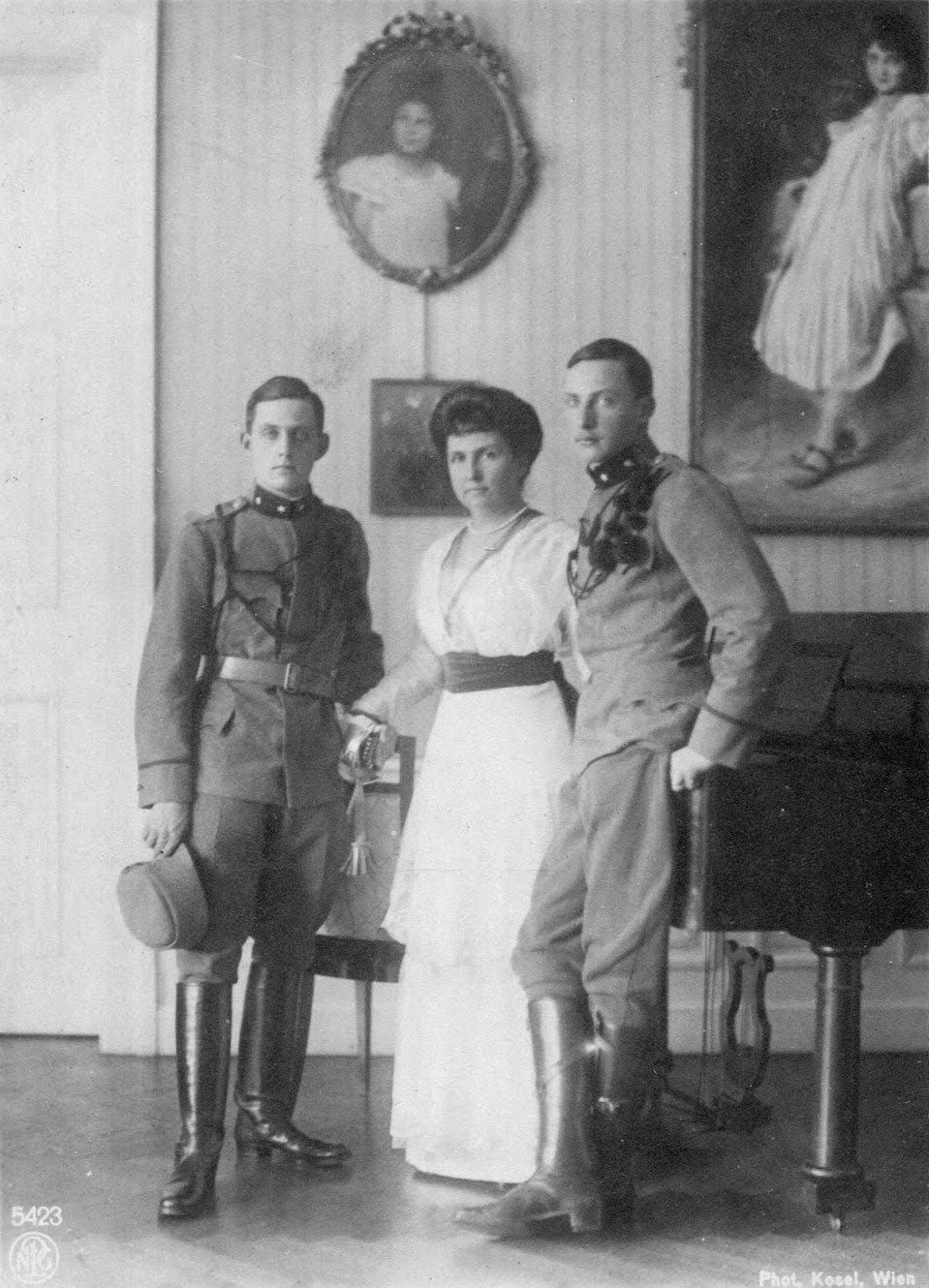A Glittering Jewel, A Pair of Habsburgs, and a Subpoena: The Napoleon Diamond Necklace (Part 1)
When a Habsburg archduchess tried to sell an incredible heirloom necklace almost a century ago, the matter ended up in a Manhattan courtroom
Today is the anniversary of the birth of Marjorie Merriweather Post, the heiress and collector whose jewelry acquisitions and donations have shaped the way that jewels are presented and appreciated in America. In her honor, I’m bringing you the first installment today in a two part-series about a notorious chapter in the life of one of her most notable purchases: a diamond necklace given by Napoleon to his second wife.
Harold W. Hastings, the Manhattan Assistant District Attorney, had been responsible for the indictments of some fascinating people during his tenure at the office. Former banking officials accused of bribery; illustrious war veterans who had pulled off forgery schemes; a baker’s assistant who eloped with a teenager and was charged with bigamy when two previous wives came forward. But surely the subpoena that Hastings served in 1930 had to have been one of the more memorable ones: a summons for Archduke Leopold Maria Alfons Blanka Karl Anton Beatrix Michael Joseph Peter Ignatz of Austria, a cousin of the last Habsburg emperor, to appear at the District Attorney’s office on Monday, March 3.
The Habsburgs had been knocked from their throne at the end of World War I, and the members of various branches of the family had scattered, first across Europe, and then further around the globe. The once-mighty family had been at the heart of power on the continent for five centuries. By the dawn of the twentieth century, the dynasty had crystallized into four main branches, all descended from the sons of Emperor Leopold II. Emperor Karl, the last Austrian monarch, was part of the line descending from Leopold’s eldest son, Emperor Franz II. The other cadet branches of the family tree were the Tuscans (founded by Leopold II’s second son, Ferdinand), the Teschens (stemming from his third son, Karl), and the Hungarians (descendants of his fifth son, Joseph).

The subpoenaed Archduke Leopold was the fifth child of Archduke Leopold Salvator, a member of the Tuscan branch of the family, and Infanta Blanca, daughter of the Carlist pretender to the Spanish throne. Though he was a member of one of the junior lines of the family, Leopold Salvator’s importance to the Habsburgs had heightened in the year of 1889, with the tragedy of Crown Prince Rudolf and Mayerling. Leopold Salvator’s wedding to a Spanish royal cousin, solemnized after a dispensation was helpfully provided by the Pope, represented a continuation of the second-ranking line of the family. Leopold Salvator and Blanca quickly produced ten children, including five sons who could, if need be, ascend one day to the Habsburg throne.
Archduke Leopold was the second of those sons, after an elder brother, Archduke Rainer. By all accounts, Emperor Franz Joseph was pleased at his family’s procreative successes. When he passed away in 1916, the great old emperor handed over the reins to his great-nephew, Emperor Karl, who had several children of his own, and many more cousins waited in the wings. An empire needed heirs, after all—until, in 1918, it suddenly didn’t.
When the Austro-Hungarian empire skidded to a halt, a whole lot of Habsburgs who had filled military roles and positions at court were suddenly in need of something to do. Archduke Leopold had served his country as an army officer during the Great War, and his efforts on the battlefield had been recognized by Emperor Karl, who appointed him as a knight of the illustrious Order of the Golden Fleece in 1916. But the fall of the empire two years later put Leopold on uncertain footing. He decided to renounce any claims to the throne so that he would not be forced into exile. He had good reason to stay in Austria: he was in love.
Keep reading with a 7-day free trial
Subscribe to Hidden Gems to keep reading this post and get 7 days of free access to the full post archives.




